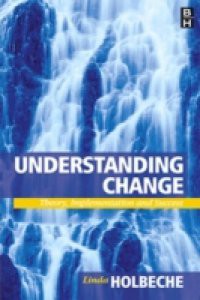Every day, secondary math teachers face classrooms containing students with a wide range of abilities, yet each child is expected to meet the same testing standards. Special education teachers are often asked to collaborate in classrooms outside of their curricular areas providing accommodations and modifications. Both math teachers and special education instructors can benefit from effective, alternative-presentation strategies specifically designed for students struggling with math. Making Math Accessible for the At-Risk Student comprises organizational, instructional, and motivational activities that are adaptable across grade levels. This cornucopia of best-practice strategies and resources is designed to help at-risk students achieve standards in math. The first six chapters discuss the most common reasons adolescent and preadolescent students struggle with math and present techniques to keep these students engaged in the classroom. The remainder of the book is a treasure trove of activities that utilize the instructional strategies with specific content to help all students succeed.















